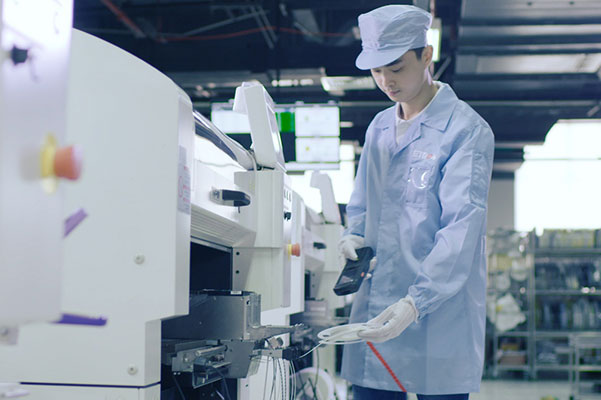Forms of Hazards of Electrostatics on the Microelectronics Manufacturing Industry
The microelectronics manufacturing industry is highly sensitive to various factors that can impact the quality and performance of its products. One of these factors is electrostatic discharge (ESD), a phenomenon that can cause significant damage to electronic components during production. This article outlines the major forms of hazards associated with electrostatics in the microelectronics manufacturing industry, focusing on adsorption of dust, electrostatic discharge and the generated broadband electromagnetic pulse effect, and static field induction and discharge.
Adsorption of Dust
Dust is a common contaminant in microelectronics manufacturing facilities. As tiny particles of dust come into contact with electronic components, they can become charged through a process known as triboelectric charging. This can result in the adsorption of dust particles onto the surfaces of sensitive electronic components, leading to several issues:
- Contamination of cleanroom environments: The presence of charged dust particles can compromise the cleanliness of cleanrooms, which are essential for maintaining the quality of microelectronic components. This can lead to increased defects and a higher risk of component failure.
- Component damage: Charged dust particles can cause physical damage to microelectronic components when they adhere to their surfaces. This can lead to electrical shorts, changes in premature component failure.
- Influence on manufacturing processes: The adsorption of dust particles can also impact various manufacturing processes, such as photolithography, etching, and deposition. These processes are highly sensitive to particle contamination, and the presence of charged dust particles can lead to defects in the final product.
To mitigate the effects of adsorption of dust, microelectronics manufacturers implement strict cleanroom protocols, air filtration systems, and electrostatic dissipative materials to minimize the presence of charged particles and maintain the quality of the production environment.
Electrostatic Discharge and the Generated Broadband Electromagnetic Pulse Effect
Electrostatic discharge (ESD) is a rapid transfer of electrostatic charge between two objects. In the context of microelectronics manufacturing, ESD can occur when charged components or tools come into contact with grounded surfaces, resulting in a sudden flow of current. This discharge can generate a high-energy electromagnetic pulse that can have several detrimental effects on electronic components:
- Component damage: ESD can cause immediate physical damage to component failure or significantly reduced component lifetimes.
- Broadband electromagnetic pulse effect: The high-energy electromagnetic pulse generated by ESD can couple into nearby circuits and cause transient voltage spikes or oscillations. This can lead to data corruption, incorrect operation of connected devices, and even component failure. The broadband nature of the pulse makes it challenging to protect against, as it can affect a wide range of frequencies.
- Latent defects: Even when ESD does not cause immediate catastrophic failure, it can still result in decreased reliability, and a higher risk of failure in the future.
To minimize the risk of ESD-related damage, microelectronics manufacturers implement comprehensive sensitive components and adherence to ESD control protocols.
Static Field Induction and Discharge
Static field induction occurs when an electrically charged object generates an electric field in its vicinity. This field can induce charges on nearby conductive surfaces, leading to the potential for electrostatic discharge. In the context of microelectronics manufacturing, static field induction can result in several issues:
- Component damage: When charged objects are brought near sensitive electronic components, the discharge event, leading to the same types of damage discussed in the previous section on ESD.
- Manufacturing process interference: Static field induction can also disturb sensitive manufacturing processes, such as photolithography and chemical vapor deposition. These processes rely on precise control of the electric field, and the presence of induced charges can lead to defects and reduced product yield.
- Tool and equipment malfunction: Static field induction can cause malfunctions in sensitive tools and equipment used in microelectronics production. This can result in decreased manufacturing efficiency and increased production costs.
To mitigate the effects of static field induction, microelectronics manufacturers must carefully design their production environments and processes to minimize the presence of charged objects and control the electric field within the manufacturing area. This may include the use of shielding materials, proper grounding techniques, and strict adherence to ESD control protocols.
Summary
broadband electromagnetic pulse effect, and static field induction and discharge, manufacturers can implement effective control measures to minimize their impact.
Addressing these hazards requires a comprehensive approach that includes cleanroom protocols, air filtration systems, grounding techniques, shielding materials, and regular personnel training. By taking these precautions, microelectronics manufacturers can protect their products from the damaging effects of electrostatic hazards and ensure the continued growth and success of this vital industry.




Leave a Reply
Want to join the discussion?Feel free to contribute!